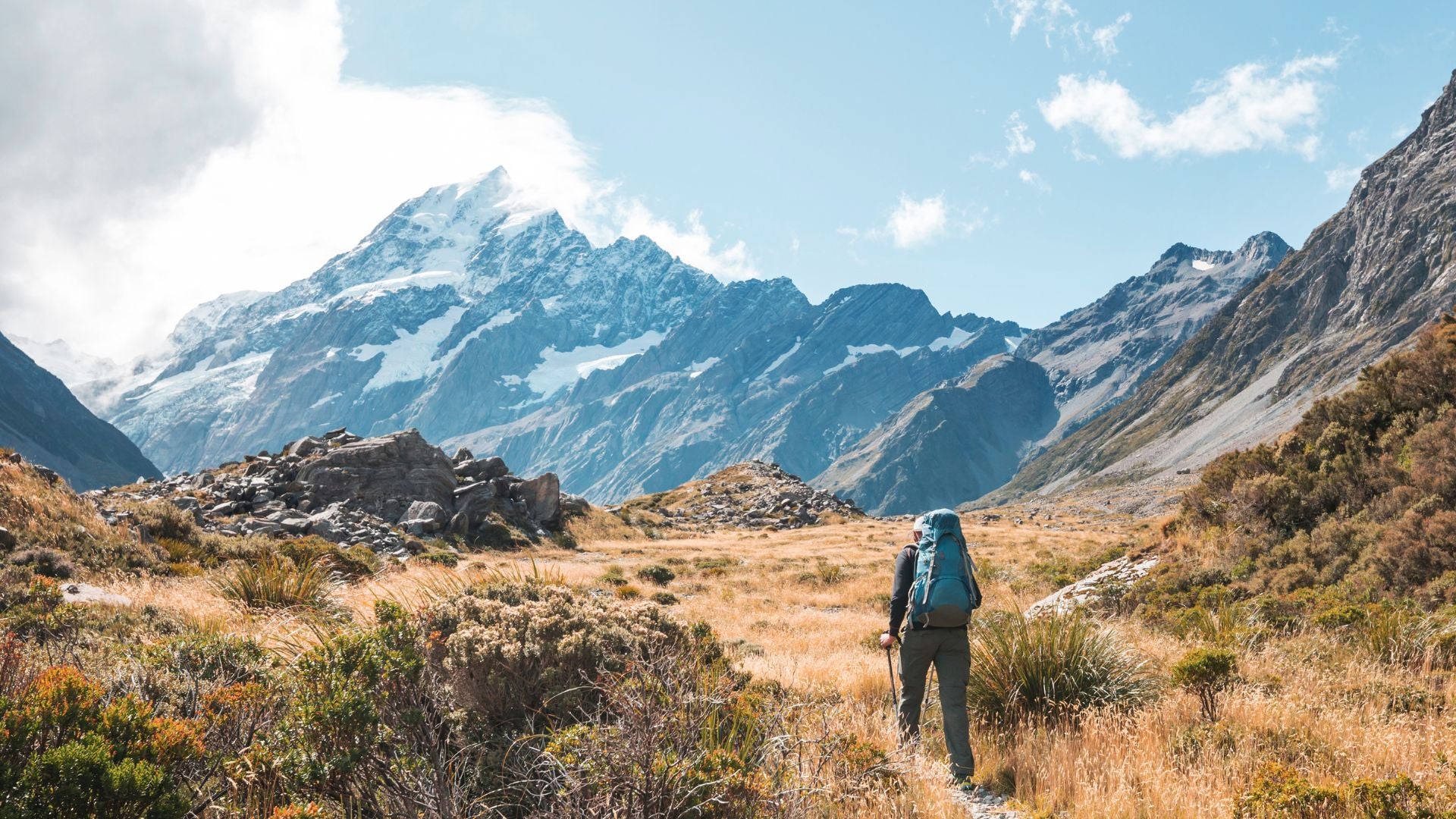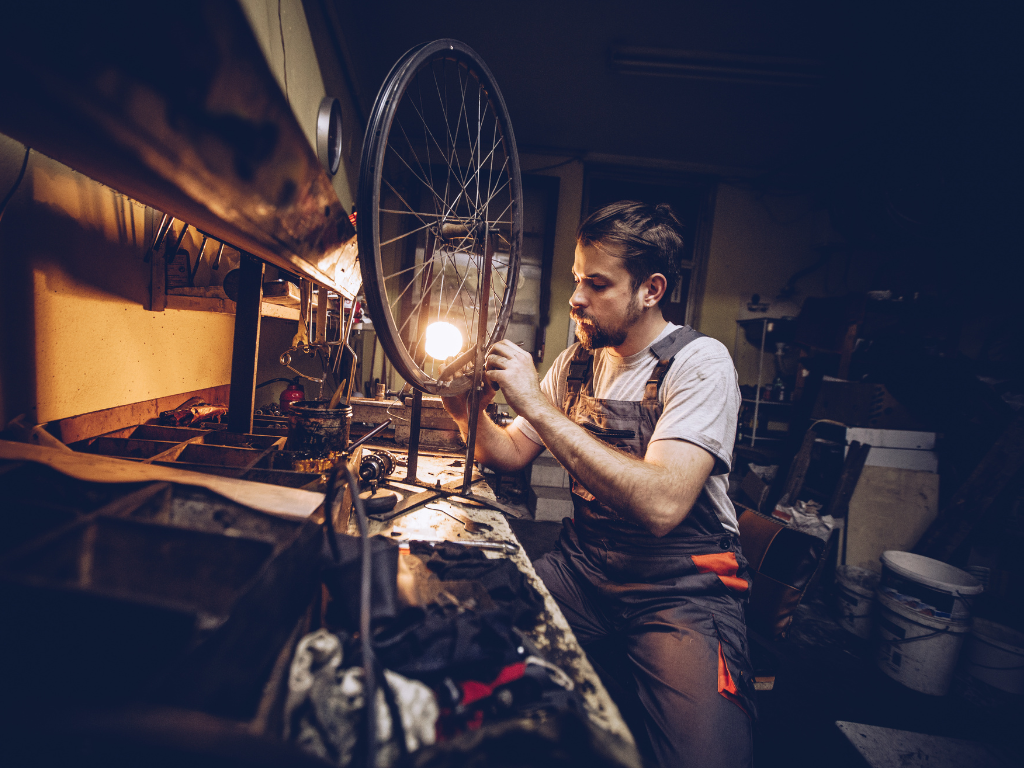
Sleeping Bag Temperature Ratings Explained
Understand what sleeping bag ratings mean and choosing the right sleeping bag that is suitable for the conditions you expect to be in with this guide from BlackWolf.
Most BlackWolf sleeping bags have been tested to the ISO 23537-1:2016 standard.
What is ISO 23537-1:2016?
ISO 23537-1:2016 is an international standard for testing the warmth of sleeping bags. This new international standard replaces EN 13537 which was introduced in the European market in the early 2000’s and was a compulsory requirement for sleeping bags sold in Europe after 1 January 2005. Testing is conducted in laboratory conditions with a thermal manikin dressed in a thin thermal top, long johns and socks, the testing procedure generates three temperatures, Comfort Temperature, Limit Temperature and Extreme Temperature, the definitions of these are outlined below.
Comfort Temperature Definition
"Lower limit of comfort range, down to which a sleeping bag user with a relaxed posture, such as lying on their back, is globally in thermal equilibrium and just not feeling cold."
Our interpretation of this is the Comfort Temperature is a good guide for the coldest temperature a 'cold sleeper’ would want to plan to use their sleeping bag for.
Limit Temperature Definition
"Lower limit at which a sleeping bag user with a curled body posture is globally in thermal equilibrium and just not feeling cold."
Our interpretation of this is the Limit Temperature is a good guide for the coldest temperature a 'warm sleeper’ would want to plan to use their sleeping bag for.
Extreme Temperature Definition
"Very low temperature where the risk of health damage by hypothermia is possible."
Clearly no one should ever plan to use their sleeping bag at this low temperature, at temperatures between the lower limit and extreme rating the user will feel cold to very cold, it is a survival rating only.
Transition Range
The transition range is the temperature between the Comfort Temperature and Limit Temperature.
Risk Range
The Risk Range is the range of temperatures between Limit Temperature and Extreme Temperature.
What Do These Temperature Ratings Really Mean?
How can these laboratory generated numbers be translated into relevant information to help you choose the right sleeping bag?
Firstly, they mean you can compare sleeping bags that have been tested to this standard to each other within the BlackWolf product range or across brands and be confident you are comparing 'apples’ with 'apples’.
The temperature ratings should be used as a guide only, everyone sleeps differently some people are warm sleepers whilst others feel the cold, most people will know how they react to the cold and should take this into account when choosing a sleeping bag. Also the perception of cold and comfort is a very individual thing, an experienced hiker may be OK with waking up feeling a bit cool a couple of times on a cold night to have the benefit of carrying a lighter sleeping bag in their backpack whereas a first time camper may be put off camping and never go again if they have a cold uncomfortable night the first time they go camping.
Camping conditions can vary widely from cold, wet windy conditions to hot, dry and still all these are nothing like laboratory conditions so the environment the sleeping bag will be used in should be taken into account, it’s always better to be cautious and choose a warmer sleeping bag, you can always open the sleeping bag up to cool down but a cold uncomfortable night can ruin a camping trip.
Sleep System: Shelter, Sleeping Bag, Mat
A sleeping bag is only one part of your camping sleep system; other components that play a significant part are what you sleep on (mat) and what you sleep in (shelter).
Shelter
Tent, swag, caravan, indoors or under the stars - where you sleep will affect the performance of your sleeping bag. A small tent will be warmer than a large tent. A swag will be warmer than sleeping out under the stars. Sleeping indoors will generally be warmer than outdoors especially if there is some form of heating.
Sleeping Bag
Choose a sleeping bag that is suitable for the coldest conditions you expect to use it for, you can open the sleeping bag up to cool down but a cold uncomfortable night can ruin a camping trip.
Mat
It is vital to sleep on an insulated surface especially in cold conditions. Camping mats have an R-Value which is a measure indicating how much insulation they provide, a larger number means more insulation.
Credit: Blackwolf.com.au



